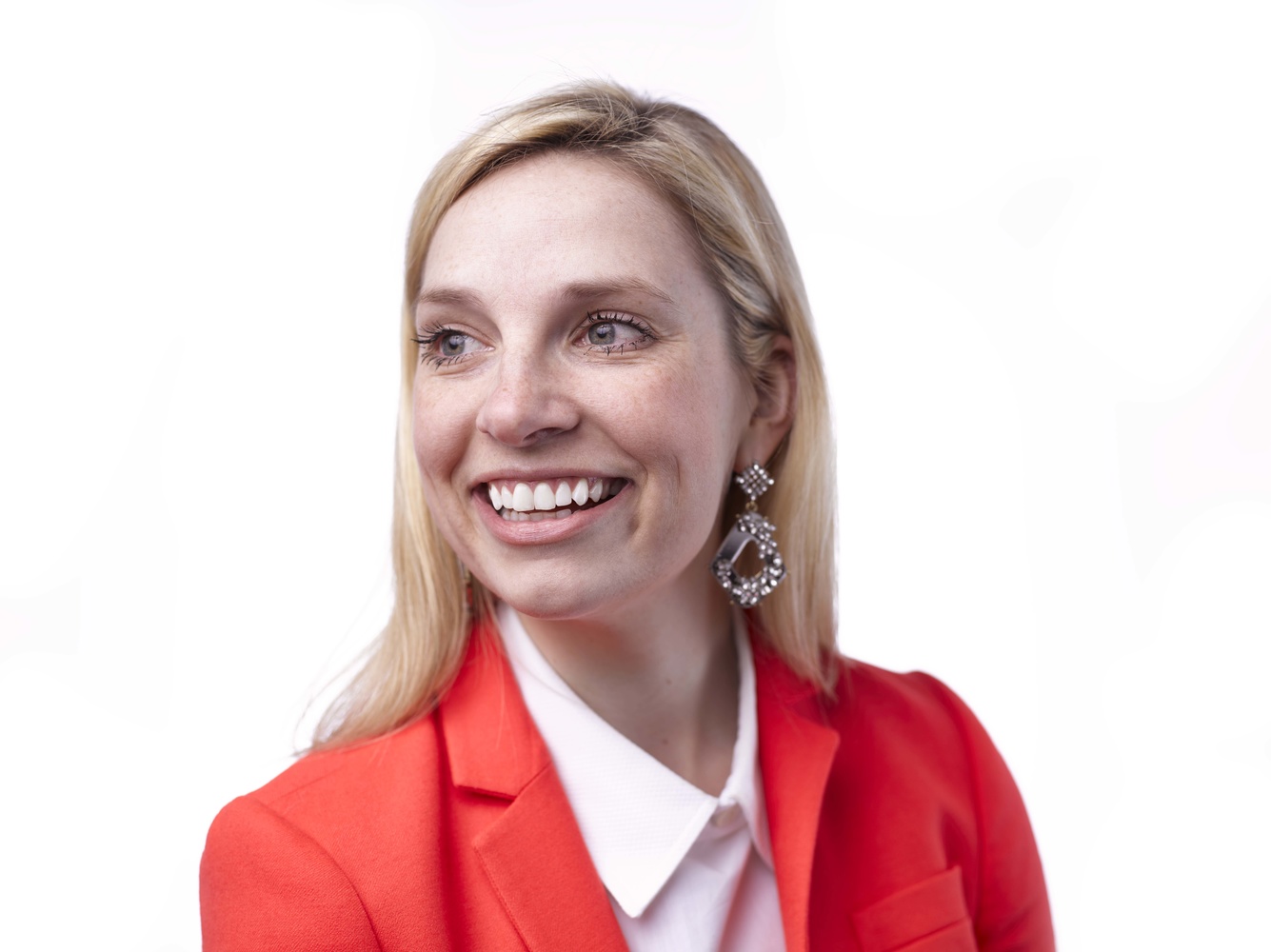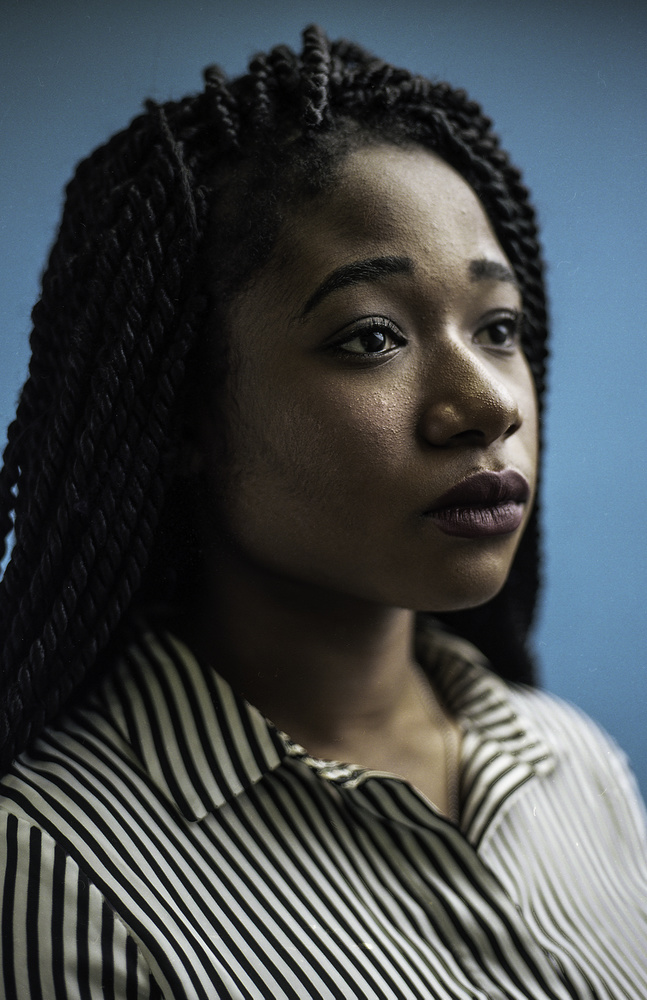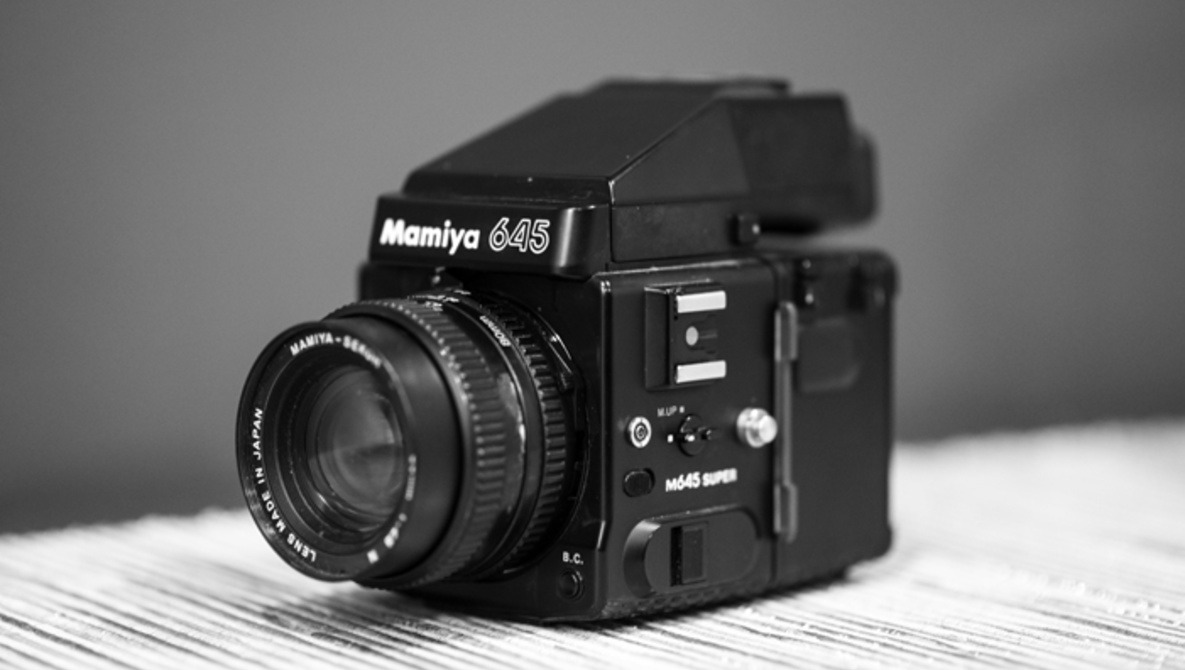Let us venture back in time for a minute. 35mm film was always considered small. In fact, it was developed in the early 1900s as a means to make high-volume shooting and consumer photography possible. If you were a working professional, you were shooting at least medium format (6x4.5-6x19 cm) or even more likely, large format, like 4”x5” or 8x10”. The idea is that the larger the format, the more detail you can see. As we fast forward to digital, full-frame is the ideal format for many working pros in a variety of genres. While full-frame can be expensive and yields incredible image quality, there is something more.
Digital medium format cameras have been around since the dawn of digital. However, they were extremely limited up until 5-10 years ago. Digital medium format is special in that it renders in a totally different way. Digital backs also offer resolutions far above current full-frame bodies. For example. Phase One just launched the incredible XF100 back, a 100 megapixel sensor. They also offer incredible image quality in terms of color, dynamic range, and tonality. The only real downside to digital medium format is the cost.
I recently spent a week or so with the Credo 60 back on a Mamiya body, shooting a variety of studio portraits and fell in love. I’ve been shooting medium format film a bit now and wanted a comparison. Brand new digital backs run anywhere from $10,000 (Hassleblad CFV-50C) with a rebate, to $45,000 for the new XF100. This is where the used market comes into play. While it certainly gets more reasonable, my D800 (36MP, full frame, great AF, decent low light, huge lens selection) is still half the price of digital backs from over 10 years ago. Those backs are lower resolution, slower, and far less versatile than even the D800. However, they’re still incredible cameras if used properly. While more reliant on the proper conditions and a knowledgeable user, the medium format look is still there. The tonality, color, and dynamic range are still incredible. If you are a studio, landscape, or flash photographer, even older medium format backs are viable options. If versatility is an absolute must, a full frame or APS-C DSLR may be a better choice. 
But you’re just dying to shoot with medium format! You don’t want to pay for the rental fee and you certainly don’t want to sell your soul for a current digital back. There is a solution, and it’s film.
1. Cost
Let’s say you want a medium format body that operates similarly to your DSLR, shoots film, and isn’t crazy expensive. Used Mamiya 645AF/AFD bodies are attainable for under $1000 easily. Now, for the film: my personal favorite film for studio portraits is Kodak Portra 160. At less than $6 a roll, it’s hardly expensive. You have to get film processed, however, and that costs. For processing, you’re looking at around $11 a roll for developing and basic scans at most labs. Luckily, my local lab is only $6 a roll, excluding scans. You can save a whole load of cash by scanning yourself. I use an Epson V600 and have been quite pleased with the results. So, let’s look at $12 a roll. A really nice, used back would be the Phase One P65+. It’s a monstrous 60 megapixels and costs (at the time of writing) around $12,000. Let’s say you buy your camera and lens for $1000. That’s about $11,000 of budget left. That allows for over 900 rolls of film to be bought and processed, should you scan yourself. 900 rolls is 13,500 frames. That’s a lot. 
2. Learning Curve
As what some may call a "digital native," film has always been fun for me, because I never really grew up shooting it. I have learned entirely on digital. Film only came to me because of some high school class work and the desire to shoot medium format, despite the gaping hole in my wallet. Film handles so much differently in terms of image quality. Unles you’re shooting on digital medium format or the most expensive full-frame bodies, you won’t be used to the incredible dynamic range of modern film. On top of that, the color that is produced by film is unique, so unique, that photographers spend hours upon hours trying to create presets to mimic certain film stocks. Film will also make you shoot a little differently. Because you only have a handful of frames per roll, you tend to be more careful and particular about releasing the shutter. For me, cost never caused that, more the laziness of having to reload the magazine or the thought that maybe I didn’t have another roll on me. 
3. Formats
One thing about film that digital has yet to conquer is the sheer size of some of the formats. Medium format film starts at 6x4.5 cm. The largest medium format sensors aren’t even that large. There are even panoramic cameras that utilize nearly an entire roll in two frames. The legendary Mamiya RZ Pro II yields a massive 6x7 cm frame that is ideal for printing.
4. Lenses
Some of the most legendary lenses ever created were for medium format film bodies. Zeiss created the bonkers 80mm f/2 (think 50mm f/1.0 in terms of field of view and dof) for the Contax 645 system. Mamiya has the 110mm f/2.8 for the RZ series bodies, and Hassleblad’s 110 f/2.0 may just be the most brilliant portrait lenses to grace the earth.
5. You can always go digital
A lot of film bodies are compatible with digital backs. Mamiya cameras like the 645AFD bodies are compatible with backs from about 2004 onwards. So, should you make it in the big leagues and need digital for workflow and convenience, you aren’t stuck with a useless camera. In fact, many photographers still take advantage of this, Dave Hill being one of the best examples I can think of. He has shot some major ad campaigns on both film and digital in the same shoot.
Now, there are two issues that film presents: clients are used to digital workflows nowadays and you can’t shoot tethered. Tethered shooting is incredibly helpful whether on location or in the studio, as you can see focus and composition better, clients and hair and makeup artists can more easily see what is being produced, and you have a great form of organization. Clients can’t see what’s happening with film, and neither can you. While you may trust yourself, they may be uneasy during the shoot. From there, scans can produce very high res files, but they aren’t raw files. Color, shadows, and highlights aren’t nearly as easy to adjust in a TIFF file as they are in a raw. What this means is that you have to shoot it right. If you’re one of the few that have the luxury of access to a color enlarger, things are a little different, but nowhere near as easy or convenient as Capture One or Photoshop. 
There is one camera that I will mention that, in a way, makes digital medium format viable to hobbyists and semi-pro shooters: the Pentax 645D. There is the 645z, the current model with a CMOS sensor, great low light, and even video, but it’s around $7,000 brand new. The 645D, while more limited due to the CCD sensor, can be found for about $3,000 used, and still provides some absolutely incredible images. There is a decent lens selection available, and they’re built like tanks. What seems too good to be true probably is, but in this case, only slightly. The 645D can’t tether to a computer, which is a bummer, but not necessarily a deal breaker, and it has a lousy flash sync of 1/125th of a second. There are no leaf shutter lenses available either. So, for certain types of shooting, like studio portraiture, landscapes, macro, product, and food photography, the 645D may be a decent option.
If you’re really interested in trying medium format, I urge you to try film for a few shoots. If you really want a cheap camera, manual 645 bodies can be had for a few hundred dollars. Combined with the relatively low cost of film, this can be an amazing alternative for hobbyists and semi-pros looking to get that classic look.
Do any of you actively shoot film or digital medium format? If so, how do you think they stack up?







I shot these all on a Mamiya 645E (I prefer that one, because of the 1000/s shutter speed) and on a Linhof Master Technika 4x5.
http://www.street-portraits.eu/albums/film-portraits/
Here is an example:
https://fstoppers.com/photo/91848
I shoot mostly on portra 800 and the resolution of that film is impressive, for my exhibition, lots of my photos where enlarged to 60x45cm for a exhibition, with nearly no grain and tick sharp at f4 or 2.8.
I got this for 400 Euros, so pretty cheap compared to the digital version.
Here a video how I mounted photos
http://blog.markus-hofstaetter.at/2015/04/vorbereitung-fur-die-ausstellu...
Nice article, Spencer. I shoot on the "legendary" RZ67 Pro II you mentioned and on full frame digital (Canon 6D). I mostly shoot Kodak Tmax 400 which is a very fine grained (sharp) film, and I develop and print at home. The detail is very good, see the attached photo, but I would say the "resolution" is similar to my 20mp 6D. You can scan it larger, but you only get bigger grain.
Bokeh and shallow depth-of-field are lovely on the RZ67. That being said, nailing focus at f2.8 is a huge challenge! You won't know if your 10(!) shots per roll are in focus until well after the shoot is over. For critical or paid work I always choose a DSLR with a fast prime. I don't feel like there are any major advantages over current digital cameras, but there is a definite sense of pleasure and accomplishment to film.
Maybe a better first MF camera for beginners would be a twin-lens reflex camera like a Yashica Mat 124 or a Rolleiflex. They're small, easy to shoot handheld, and have everything built-in. You still get a 6x6 negative which is way bigger than the 645.
So let's say I want to take the plunge into Medium Format. Can I use my regular Sekonic 308 as a light meter?
I just think that sensor size would be part of the equation to find "a correct exposure".
If not, is there a lightmeter that would help me with my metering?
*and spare all that, "do it by feel" or "experience will get you there". I know experience will get me there, but I don't want to spoil my first rolls of film trying to understand it.
f/4 on MF is the same as f/4 on a point and shoot; that's why they use f-stops to measure light transmission in the first place. You can use any meter and it will operate the same no matter the camera.
In case you are new to film: I will say the most critical part of metering for film vs. digital is that you "over-expose". It is critical with color print film (C-41) and B&W that you make sure you've properly exposed the shadows. Under-exposing will cause nasty color shifts and very faded/grainy blacks. The highlights in print film can easily hand 5 or more stops of over-exposure. Most people will pretend their film is a full stop slower than it really is (treat Portra 400 like it is 200), and then meter for the shadows. This typically puts your photo in a 2-3 stop over-exposure range which is perfect.
Black and white is somewhat similar but not quite as flexible. I'd treat Tri-X 400 like 320-400 and also expose for the shadows. 1-2 stops is a better over-exposure range for B&W. Then you develop for the highlights.
A few years back I bought a used Mamiya 645. While shooting 35mm was enjoyable I was interested in larger negatives so that I would be able to obtain larger prints if desired. I have shot both color and b&w. The b&w I develop myself but color I have to send off. I was able to have a color shot enlarged to 20x24 with only minimal detail lose.
If anyone is able to obtain a medium format I would highly recommend it as it has been and always will be a joy to shoot.
Nice intro for medium format users. I do have a suggestion: The first three portraits would be far more flattering had you used a 120-150mm lens. Filling the 645 frame with a face, while using a 75-80mm lens causes much distortion, most notably to the nose (closest thing to camera). Keep shooting!
I always find these "x reasons to shoot film" kinda depressing. So desperate - it's like the posters try to rationalise their choice of medium inventing all these silly reasons.
Interestingly, I was chatting with two major UK picture editors this w/end just gone and both cited so many occasions that when they commission work it is film based.
From what I could see in the examples cited, much of this work is shot on the Mamiya 6 or 7 bodies.
On Sunday I showed my two portfolios of images and was reminded that if one recent project had been shot on 5x4 (I raised the suggestion of the series being re-shot on my 6/7 with an agreement) that they'd have been taken up by at least one editor.
If you're going to shoot film, really there's zero benefit to it being 35mm, that really would be backwards!
Have a look at some of the work being done by the likes of Jason Larkin, or many others at Panos, need I mention Alec Soth even? I left with pages of notes, which I'm slowly working thorough so I won't task you with a list of names.
I would even venture to argue that there is little intrinsic value in new work being shot on 35mm digital for the art market for example - you need to be a professional shooting MF, at least.
I have Mamiya 645 super with the 80mm f/1.9 lens. Unfortunately the camera has an electrical fault, the flash flashes randomly and does not sync with the shutter. This has forced me to use available or continuous light, which is my preferred method anyway.
This article is making me sad. I sold my Hassy 500CM and 3 lenses to finance my digital conversion. I am still in the midst of converting my darkroom to a print finishing and framing workshop. I was making the arguments stated in this article from 2010 - 2013 when I converted to digital. I’ve gone back and scanned many of my film negatives to digital because they preserve the film look. The irony for me is that I was laughed at for staying with film so long. Now many folks are experimenting. The bottom line for me is that photography is photography and the real essence is having a vision no matter which medium you choose to use. I have to say that digital is less work. I spent more hours in the darkroom than shooting during the film days. Over the long run, digital seems to be less expensive (assuming the use non-medium format tools).